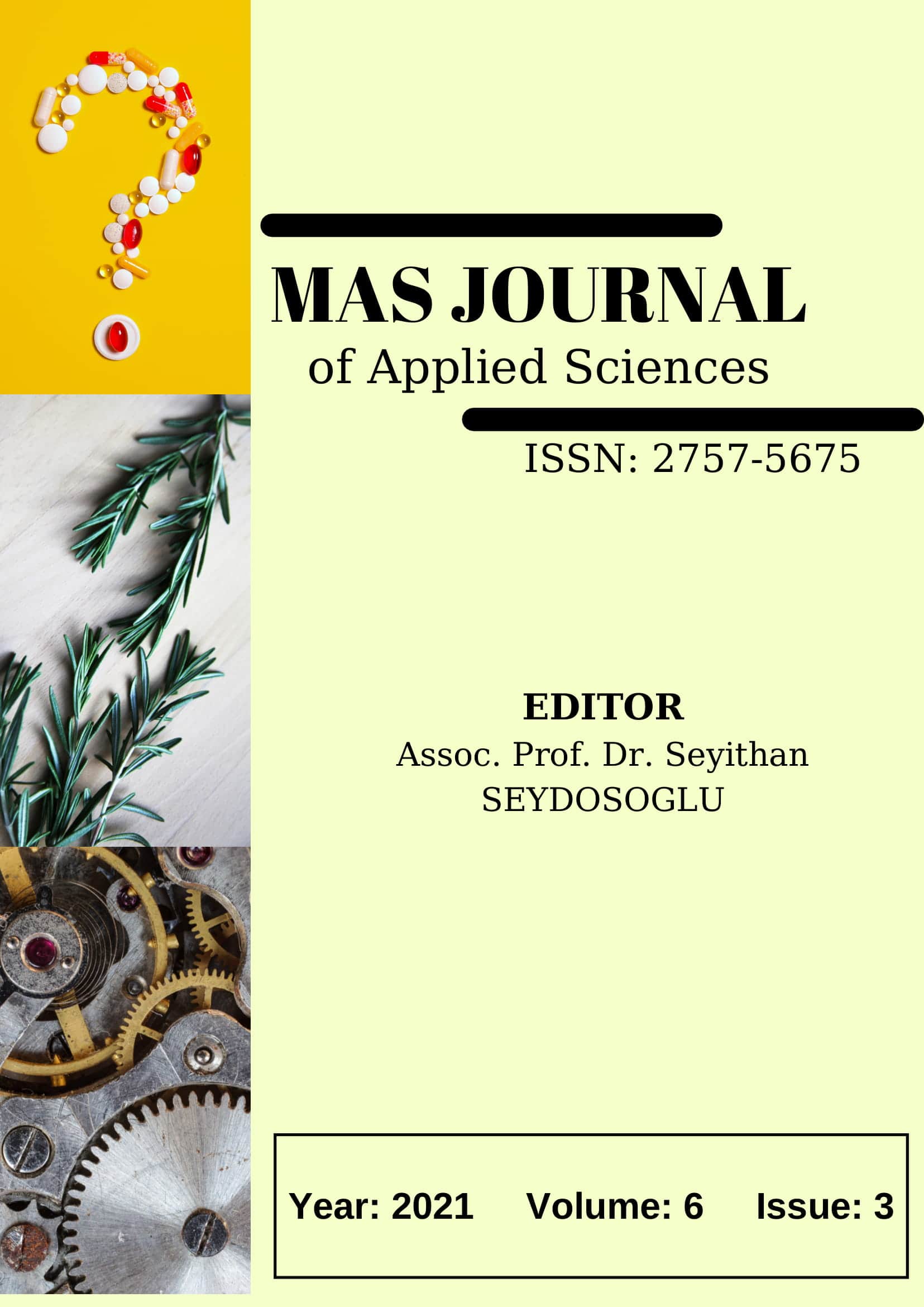Honey Bee Breeding and Some Basic Approaches
DOI:
https://doi.org/10.52520/masjaps.107Keywords:
Honey bees, biodiversity, genetics, breedingAbstract
Honey bees mating in the air over a wide region is a difficulty in bee breeding studies. For this purpose, artificial insemination or limited mating zones are used. Initially focused on yield, breeding efforts have increased in order to create disease and pest resistance genotypes. In response to changing climatic and environmental conditions, several countries undertake breeding research and techniques to conserve and develop honey bee genetic resources. Disease pests, poor environmental conditions, inadequate beekeeping practices, and the negative effects of a number of factors all contribute to honey bee colony losses throughout the world. The procedure was halted due to negative changes in honey bee habitats (rapid climate change, difficulties to floral supply, pesticide usage, and an increase in diseases and pests). While this article offers information about bee breeding achievements across the globe and in our own nation, it also tries to address the question of how it should be done in today's society, when sustainability is a priority.
Downloads
Published
How to Cite
Issue
Section
License
Copyright (c) 2021 The copyright of the published article belongs to its author.

This work is licensed under a Creative Commons Attribution-NonCommercial 4.0 International License.


